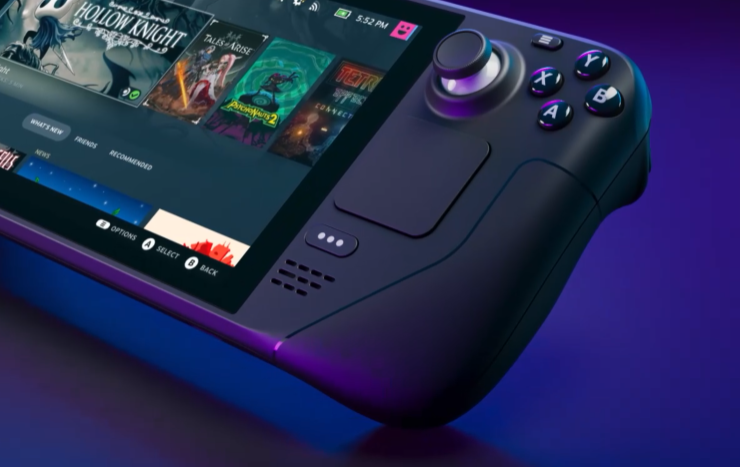The Steam Deck came out as possibly the most powerful handheld gaming device made to date. It is able to handle a good number of AAA games at playable frame rates, but then, it still hasn't been tested in terms of ray tracing-until now.

Digital Foundry (via TechSpot) was among the first to test the Steam Deck's ray tracing capabilities. And the results were quite astounding for the Valve handheld, considering the hardware it packs in a relatively small package.
Two games proved to be playable on the Deck with ray tracing on: Metro Exodus Enhanced Edition and Microsoft Flight Simulator 2020. If you're unaware, these are two of the most hardware-demanding games of the current generation, and they were running at around 30 FPS on the Valve handheld-albeit at a resolution of 896 x 504 (504p), which is far below the Steam Deck's native screen resolution of 1280 x 800.
Here is Digital Foundry's video if you'd like to check it out:
As you can see, they also tested two other ray-tracing equipped games: Control and Quake 2 RTX. They also tried the Unreal Engine 5 Valley of the Ancients demo. But these three games fared much worse compared to Metro Exodus and Flight Simulator, as evident in the video.
Control, for instance, only managed sub-20 to around 30 FPS average with ray-traced reflections turned on, at a resolution of 540p. Quake 2 RTX, on the other hand, can only be played at 60 FPS with ray tracing on with a 35% resolution scale-essentially rendering the game at a resolution as low as 216p. Yikes.
All in all, you CAN turn on ray tracing on a Steam Deck by virtue of its AMD RDNA 2-based graphics chip. But be ready for potato quality resolution if you want to keep games playable.
Read Also : The Steam Deck Can Now Play Over 1,000 Games
Why The Steam Deck's Ray Tracing Was Only Tested Now
Valve released the Steam Deck equipped with their proprietary SteamOS, which is based on Linux. So the simplest answer to this question is that the Deck didn't support ray tracing until it finally got official Windows support from Valve (which are still quite wonky to this day).
Once Windows is finally in at least a basic working state on the Deck, then the AMD RDNA 2 GPU's baked-in ray tracing hardware can go to work. But as you can see, the little 4-core/8-thread chip's integrated graphics could only do so much.
'Adding' Power
If you really want to play games on the Steam Deck with ray tracing turned to its max, maybe you can just add an external graphics card to it. Sure, the Deck doesn't have a Thunderbolt port, but its internal M.2 port can actually connect to a dock which also has a full-size, x16 graphics card connector on it. This was the recent experiment done by YouTuber ETA PRIME:
Granted, he did use an AMD RX 6900 XT. But that card's power is still far beyond the Steam Deck's ray tracing capabilities on its own.
Related Article : Microsoft's Xbox Game Studios Titles Now Available on Valve's Steam Deck; Windows Support Also Comes
This article is owned by Tech Times
Written by RJ Pierce
ⓒ 2025 TECHTIMES.com All rights reserved. Do not reproduce without permission.




